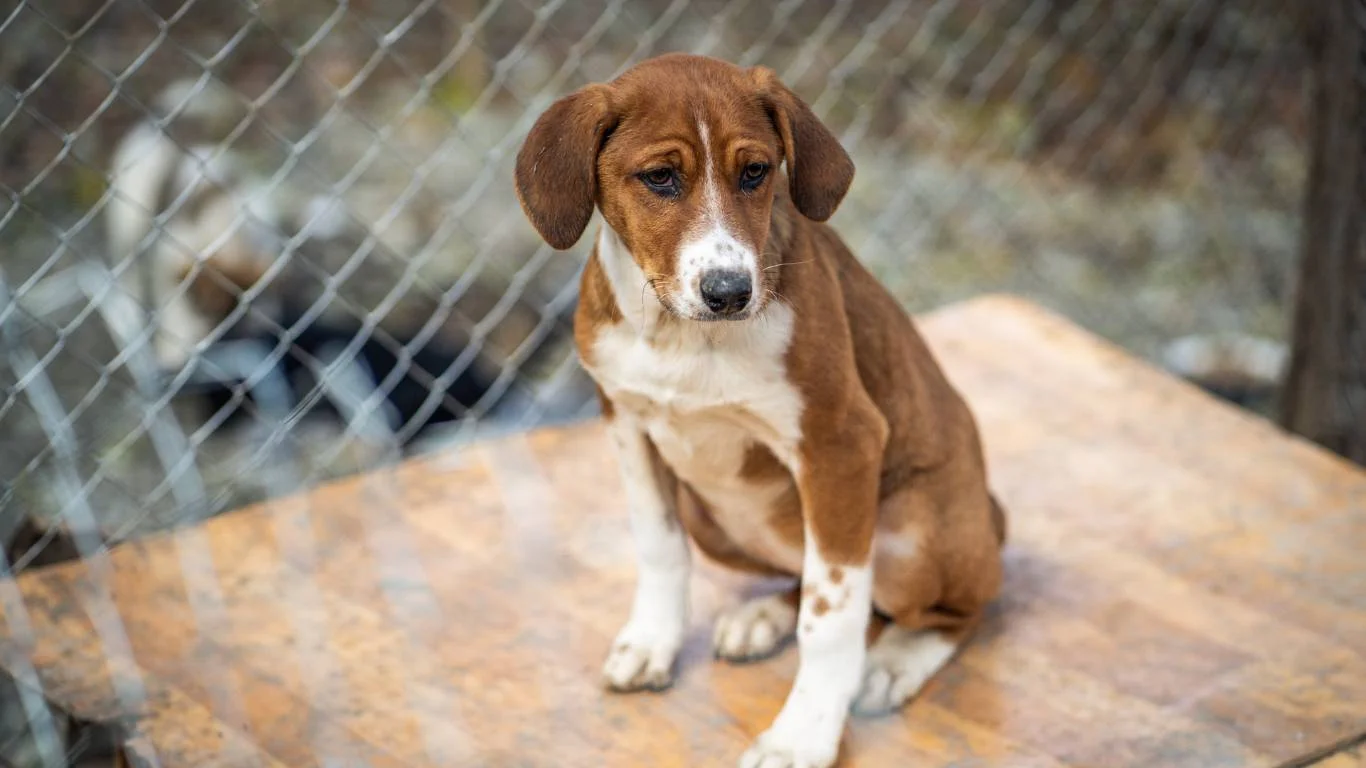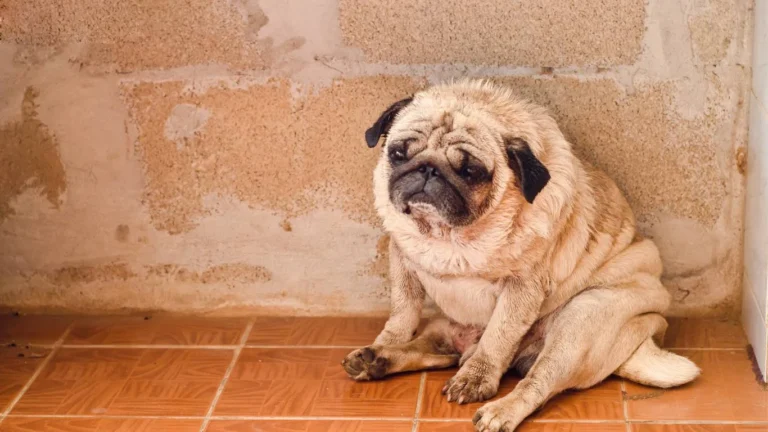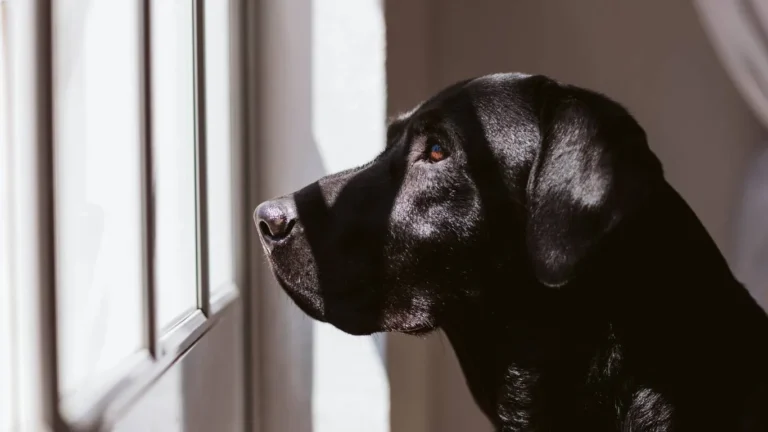What to Do If a Dog Eats Chocolate: Essential Steps to Protect Your Pet
If you’re a dog owner, one question that probably keeps popping up in your mind is: what to do if a dog eats chocolate? It’s a pretty common emergency call I’ve seen time and again during my years as a Veterinary Assistant, especially working closely with pet nutrition and overall health. Chocolate isn’t just a sweet treat for humans—it can be downright dangerous for our furry friends. And knowing the right steps to take quickly can make all the difference in keeping your dog safe and calm.
From my experience, panic is totally normal when you first realize your pup might have gotten into some chocolate. But don’t worry, I’ll walk you through exactly what you need to do—step-by-step—and why acting fast is so important. Trust me, staying calm and informed helps you help your dog better.
Why Chocolate Is Toxic to Dogs

First things first: chocolate contains substances called theobromine and caffeine, both of which dogs metabolize much more slowly than humans. This slower breakdown means the toxins stay in their system longer, leading to harmful effects that can escalate quickly.
The severity depends on the type and amount of chocolate ingested, plus your dog’s size and overall health. Dark chocolate and baking chocolate are the most dangerous because they contain much higher levels of theobromine compared to milk chocolate.
Based on what I’ve seen, even small amounts of dark chocolate can cause symptoms, especially in small breeds or puppies. Larger dogs might handle a bit more but still aren’t immune to the risks.
Common Symptoms to Watch For
If you suspect your dog ate chocolate, here’s a quick checklist of symptoms to look out for:
- Vomiting or diarrhea
- Restlessness or hyperactivity
- Increased heart rate
- Tremors or seizures
- Excessive thirst or urination
- Muscle rigidity or weakness
- Rapid breathing or panting
When I’ve witnessed cases in the clinic, the earlier you catch these signs and act, the better the chances for a smooth recovery. Sometimes, symptoms show up within a few hours after ingestion, so timing is crucial.
Immediate Steps: What to Do If a Dog Eats Chocolate
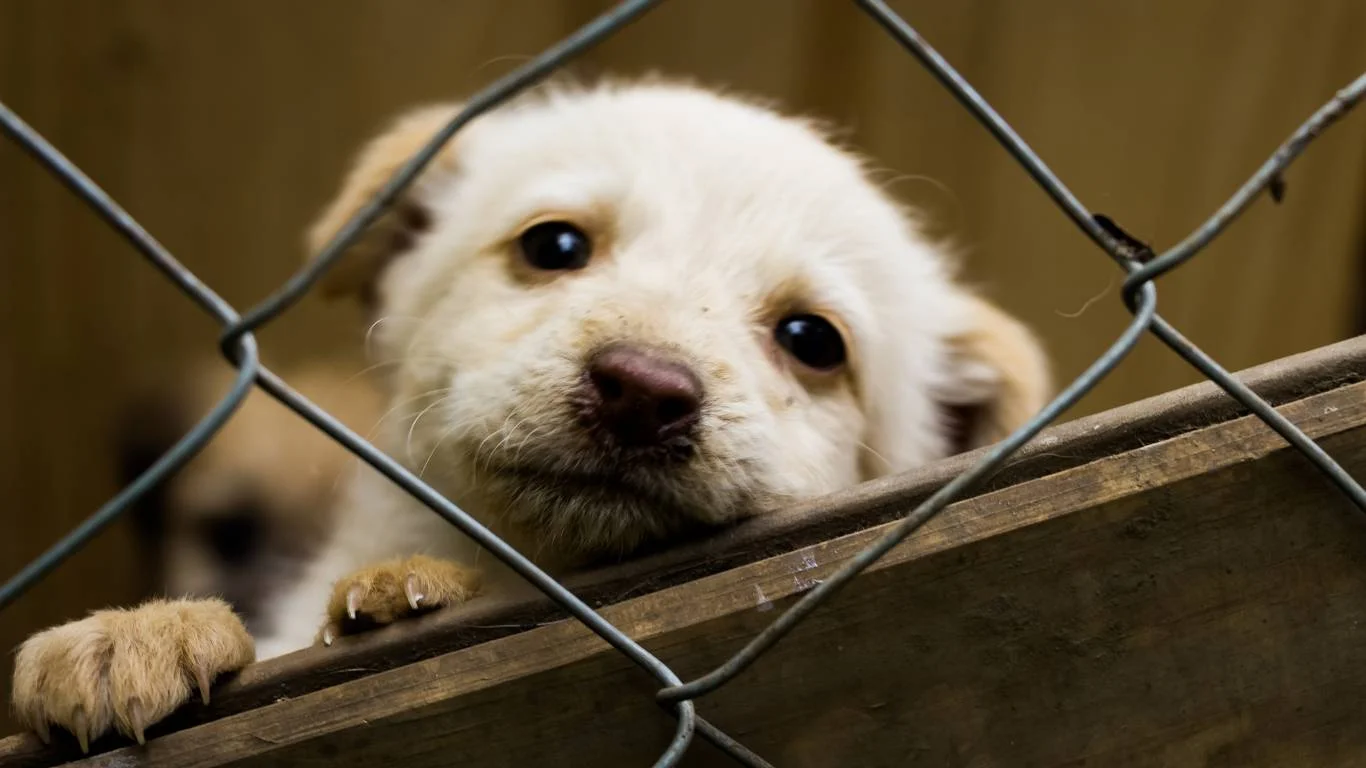
The moment you realize your dog has eaten chocolate, here’s what I recommend:
- Stay calm and don’t panic. Your dog can pick up on your stress, and you need a clear head to take the right actions.
- Identify the type and amount of chocolate ingested. This helps veterinarians assess the risk more accurately. Try to find any wrappers or remnants.
- Note your dog’s weight and age. Smaller and younger dogs are at greater risk.
- Call your veterinarian or an emergency pet poison hotline immediately. Share all the info you’ve gathered. From my time assisting vets, they’ll guide you on the next steps depending on your dog’s condition.
- Do NOT try to induce vomiting unless instructed. Sometimes it’s necessary, but it’s safer to wait for professional advice.
From personal experience, timing is everything. The sooner you call for professional help, the better the outcome tends to be. In many cases, prompt treatment can prevent severe complications or worse.
What Happens at the Vet: Treatment Options and What to Expect

Once you’ve contacted your vet or brought your dog in, the professional care usually kicks off with a thorough assessment. During my time as a Veterinary Assistant focusing on nutrition and general pet health, I’ve seen vets take quick action to minimize the toxic effects of chocolate on dogs. The exact treatment depends on how much and what kind of chocolate your dog ate, plus how fast you got help.
Here’s what typically happens:
- Inducing vomiting: If your dog ate the chocolate recently (usually within two hours), vets might induce vomiting to clear their stomach. I remember assisting during several cases where this step was critical in preventing theobromine absorption.
- Activated charcoal: This substance binds to toxins in the digestive tract, helping reduce the amount of theobromine absorbed into the bloodstream. It’s a standard part of treatment that vets rely on.
- IV fluids: Giving fluids intravenously helps flush toxins from your dog’s system and supports kidney function, which is vital in toxin clearance.
- Medications for symptoms: Depending on what symptoms your dog shows, vets might administer medications to control seizures, tremors, or an irregular heartbeat.
- Close monitoring: Dogs affected by chocolate toxicity usually need to be observed for 24 to 72 hours because symptoms can escalate or recur during this time.
From personal experience, the most rewarding moments come when you see those worried owners leaving with their healthy, happy dogs after treatment. Early intervention makes a huge difference.
At-Home Care: Supporting Your Dog After Chocolate Ingestion

After your vet has treated your dog, you’ll likely head home with instructions to keep a close eye on them. While professional care is crucial, your care at home plays a big role in recovery too.
Tips for Helping Your Dog Recover Safely at Home
- Keep them calm and comfortable. Stress and excitement can worsen symptoms like rapid heartbeat or tremors, so creating a quiet space is essential.
- Hydration is key. Make sure your dog has fresh water available at all times, as toxins can dehydrate them quickly.
- Watch for lingering or new symptoms. Keep a close eye on their behavior, appetite, and bathroom habits, and don’t hesitate to call your vet if anything unusual pops up.
- Follow the vet’s instructions. Whether it’s giving medications, feeding a special diet, or scheduling follow-up visits, sticking to the plan will give your dog the best chance to bounce back.
In my experience, dogs often appreciate a little extra TLC—gentle petting, soft bedding, and plenty of love go a long way in making them feel secure after a scary episode.
Preventing Chocolate Poisoning: Practical Tips for Every Dog Owner

Prevention really is the best medicine when it comes to chocolate and dogs. I can’t stress enough how many cases I’ve seen that could’ve been avoided with a bit of extra vigilance. Dogs are naturally curious and love to explore with their noses and mouths, so chocolate left lying around is just an invitation for trouble.
Here are some simple but effective prevention strategies:
- Store chocolate out of reach. High cabinets, locked pantries, or even pet-proof containers can make all the difference.
- Educate family and guests. Sometimes visitors unknowingly leave chocolate where pets can get it, so make sure everyone knows the risks.
- Use dog-safe treats. Keep plenty of safe snack alternatives on hand so your dog isn’t tempted to scavenge.
- Train your dog with basic commands. Teaching “leave it” or “no” can help prevent them from grabbing dangerous items.
- Dispose of chocolate waste properly. Don’t toss wrappers or uneaten chocolate where your dog can access them.
When I talk with pet owners, I always highlight that prevention isn’t just about keeping chocolate away—it’s about creating a safer environment overall, which benefits your dog’s health and happiness in the long run.
Long-Term Effects and When to Seek Follow-Up Care

After the initial scare of chocolate ingestion, many dog owners breathe a sigh of relief once their pet seems to be back to normal. From what I’ve seen in my years as a Veterinary Assistant, though, it’s important to remember that chocolate toxicity can sometimes have lingering effects, especially if the dose was high or treatment was delayed.
While most dogs recover fully without lasting issues, some may experience subtle problems such as:
- Gastrointestinal upset: Occasional vomiting or diarrhea might linger for a few days as the digestive system recovers.
- Increased heart rate or arrhythmias: Some dogs might have mild irregular heartbeats that need monitoring.
- Behavioral changes: Hyperactivity or restlessness could continue temporarily due to residual stimulation from theobromine.
- Kidney strain: High toxin loads put stress on the kidneys, so dogs with pre-existing kidney problems need extra care.
When I’ve helped follow up with owners, I always emphasize the importance of scheduling a check-up if you notice anything unusual after your dog comes home. Don’t hesitate to call your vet if your dog shows recurring vomiting, weakness, seizures, or any strange behavior. Early detection of complications can prevent bigger problems down the road.
What I’ve Learned Working with Pet Nutrition
One thing that stands out from my time in the clinic is how nutrition plays a big role in overall resilience and recovery. A dog with a balanced diet and healthy weight is often better equipped to cope with toxins like theobromine. During treatment and recovery, vets usually recommend feeding a gentle, nutritious diet to support healing.
If your dog has underlying health conditions, always discuss dietary adjustments with your veterinarian. In my experience, customized nutrition plans can make a significant difference in how quickly and comfortably dogs bounce back from poisonings.
FAQs About Chocolate Toxicity in Dogs
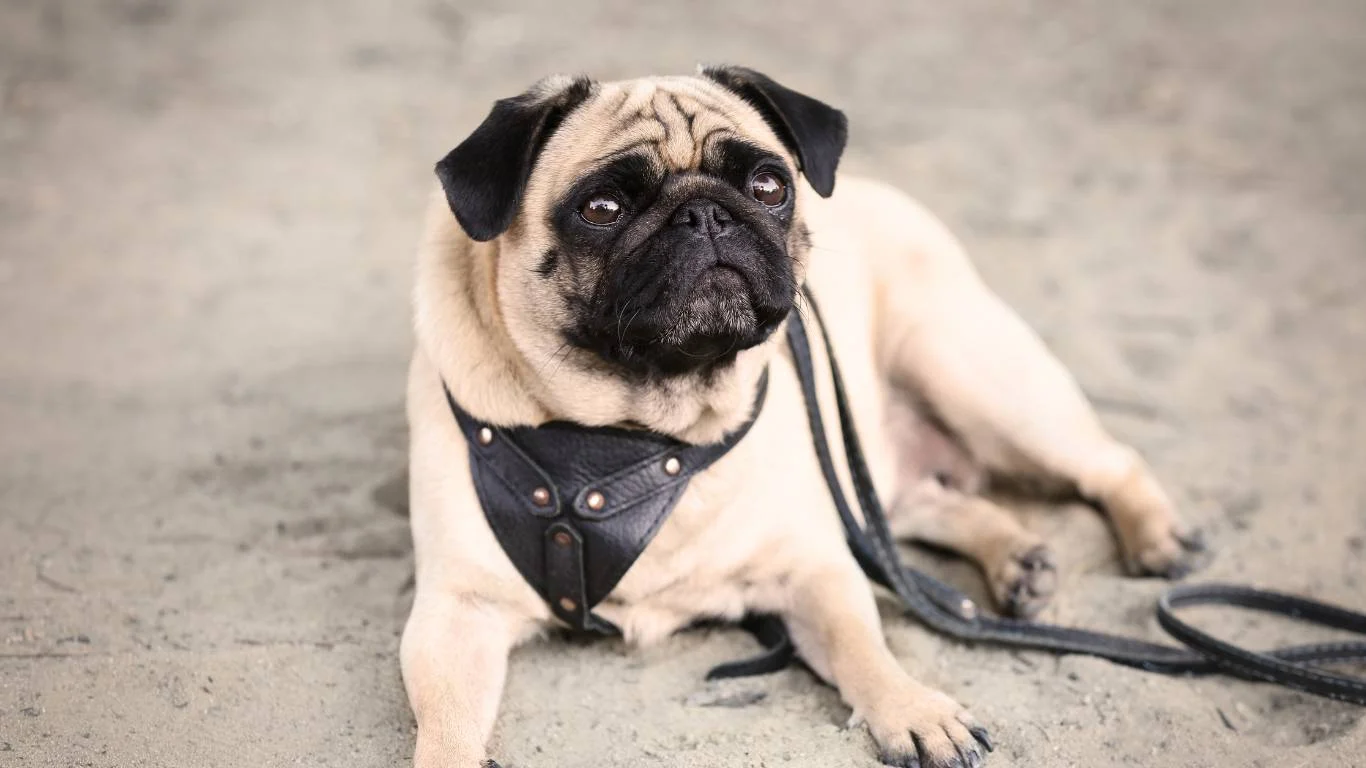
How much chocolate does it take to be toxic for a dog?
This varies based on the type of chocolate and your dog’s size. Dark chocolate and baking chocolate contain the highest levels of theobromine and are dangerous even in small amounts. Milk chocolate requires more quantity to cause toxicity but is still risky. As a rule of thumb, even a small amount shouldn’t be ignored, especially in small or sensitive dogs.
Can chocolate poisoning be fatal?
Yes, in severe cases, chocolate toxicity can be life-threatening if untreated. That’s why immediate action and veterinary care are essential. Early intervention greatly improves outcomes.
Is all chocolate dangerous or only certain types?
All chocolate contains some theobromine, but the concentration varies. Dark and baking chocolates are the most toxic, while white chocolate contains very little theobromine and is less dangerous. Regardless, it’s best to avoid letting your dog have any chocolate at all.
Can I treat chocolate poisoning at home?
It’s tempting to want to help your dog yourself, but I always advise contacting a vet first. Some at-home steps, like inducing vomiting, can be harmful if done incorrectly. Professional guidance ensures the safest approach.
References
- American Veterinary Medical Association (AVMA)
- ASPCA Animal Poison Control Center
- American Animal Hospital Association (AAHA)
Disclaimer
This article is for informational purposes only and does not replace professional veterinary advice. If your dog has ingested chocolate or shows symptoms of poisoning, please contact a licensed veterinarian immediately. The author and publisher are not responsible for any actions taken based on this information.
